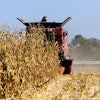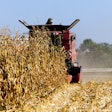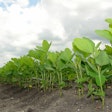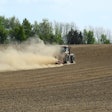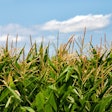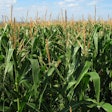
The latest U.S. Drought Monitor report from the the National Drought Mitigation Center at the University of Nebraska-Lincoln, the United States Department of Agriculture, and the National Oceanic and Atmospheric Administration, reveals persistent drought conditions across various parts of the United States, with significant implications for the agricultural sector. The report, released on February 25, 2025, highlights the ongoing challenges faced by farmers and ranchers in multiple regions.
In the Midwest, a traditionally robust agricultural hub, the winter has been notably dry. This has led to an expansion of moderate drought conditions across Illinois, Indiana, Wisconsin, Missouri, Iowa, Minnesota, and Michigan. The Lower Peninsula of Michigan is particularly affected, with severe drought conditions spreading further.
The High Plains region, another critical area for crop production, is experiencing similar issues. Southern Kansas has seen an expansion of moderate drought levels, accompanied by additional areas of abnormally dry conditions. This trend is concerning for wheat farmers in the region, who rely on adequate soil moisture for spring growth.
In the South, the situation is equally challenging. Moderate drought has expanded into more of southwest Oklahoma and parts of northern and central Texas. South Texas is grappling with even more severe conditions, with moderate, severe, and extreme drought areas expanding. This development is particularly worrisome for cotton and cattle producers in the region.
The West presents a mixed picture. While coastal areas of Washington and Oregon received abundant precipitation, much of the southern part of the region remained dry. Colorado saw an expansion of moderate and severe drought in the south, along with a new pocket of extreme drought. This variability poses challenges for water management and crop planning in the diverse agricultural landscapes of the Western states.
Not all news is negative, however. Recent rains have brought some relief to parts of the Southeast. In Alabama, improvements were noted in drought conditions, particularly in the northern and southeastern areas. Florida's panhandle saw the removal of abnormally dry conditions, while central Florida experienced improvements in severe and moderate drought areas.
Looking ahead, the 6-10 day outlook suggests above-normal chances of precipitation for much of the country, which could provide some relief. However, west and southern Texas face the highest probability of below-normal precipitation, potentially exacerbating the already dire conditions in these agricultural areas.
As the growing season approaches, farmers and agricultural stakeholders are closely monitoring these drought conditions. The persistence and expansion of dry conditions in key agricultural regions may influence planting decisions, crop yields, and ultimately, food prices in the coming months.

